It seems as though we still can’t hit the ceiling on better control schemes for 3D Printers. Input Shaping is the latest technique to land on our radar, a form of resonance compensation that all but eliminates the ghosting (aka: vertical ringing) artifacts we see on the walls of printed parts. While the technique has been around for decades, only recently did [Dmitry Butyugin] both apply it to 3D printer control and merge their hard work into the open source firmware package Klipper.
.
Once tuned, the results are simply astonishing–especially since this scheme can augment the print quality of even the most budget printer. A Split A/B Test with and without Klipper’s Input Shaping feature courtesy of [@LukesLaboratory]
.
Assuming your 3D printer isn’t infinitely stiff, when your nozzle moves from point to point or changes direction, it vibrates in response to having its speed altered. The result is that the nozzle wobbles along the ideal path it’s trying to track. The result is ghosting , an aesthetic blemish that looks like vertical waves on the sides of your printed part. Input Shaping is a feed-forward controls technique for cancelling the mechanical vibrations that create ghosting. The idea is […]
Case Study: How PepsiCo achieved 96% cost savings on tooling with 3D Printing Technology
Above: PepsiCo food, snack, and beverage product line-up/Source: PepsiCo PepsiCo turned to tooling with 3D printing...

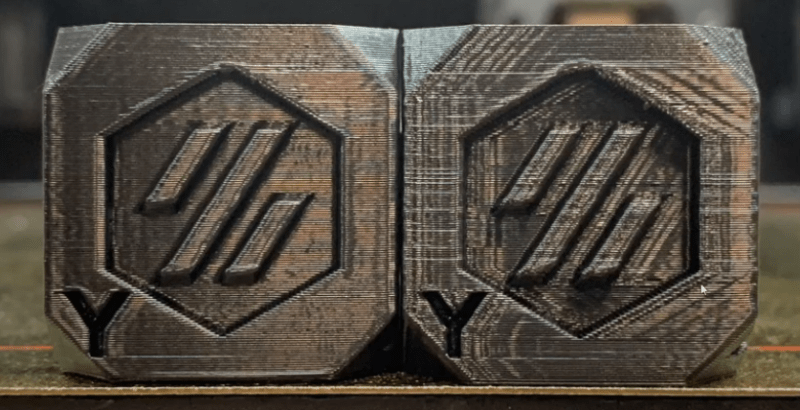

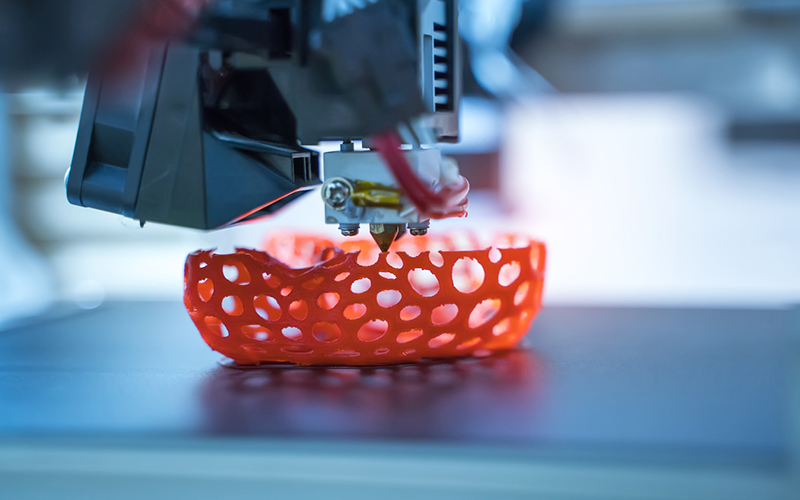

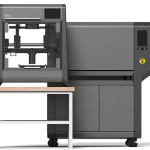



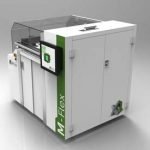
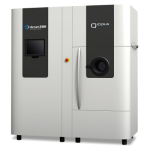


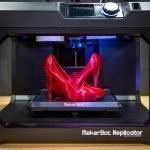
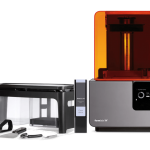

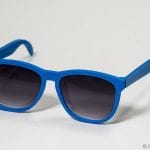
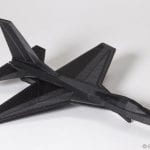
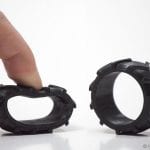
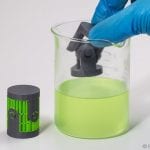
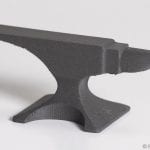
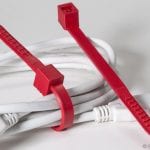

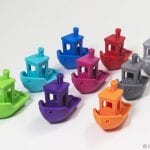
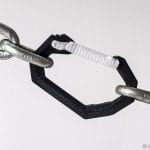
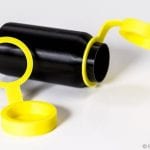

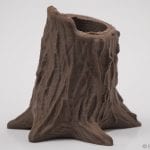


0 Comments